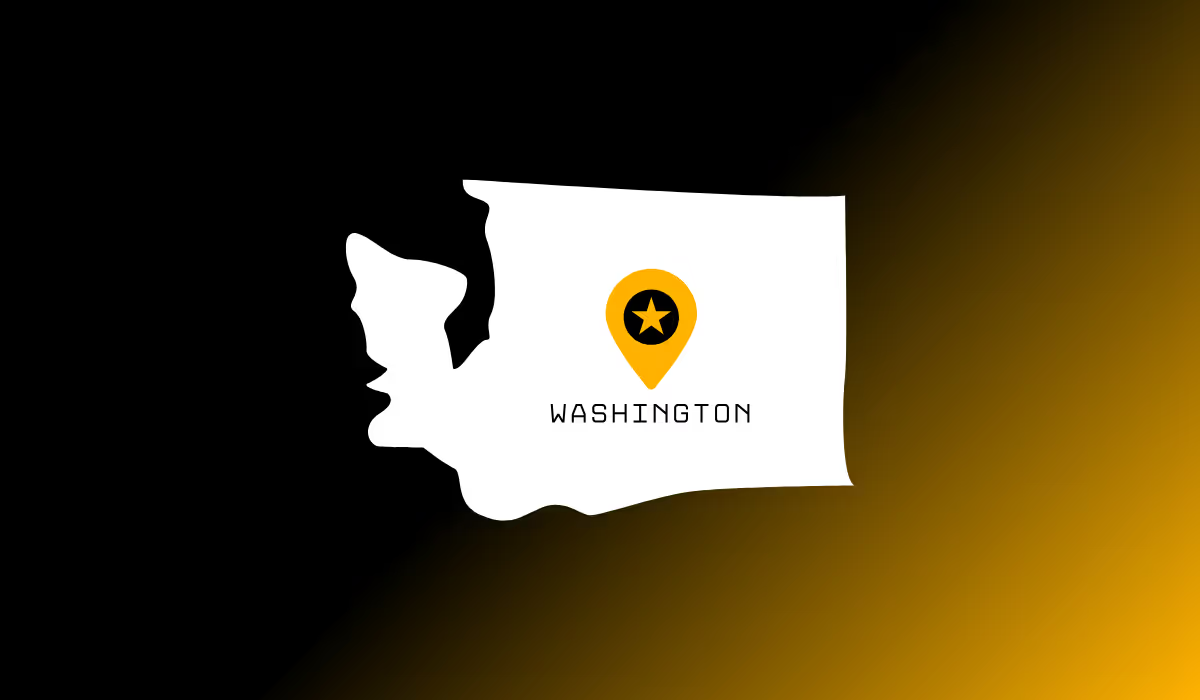Washington's Pay Transparency Laws

In recent years, Washington State has taken significant steps to enhance pay transparency for employees.
The Pay Transparency Law, effective January 1, 2023, mandates that employers must disclose salary ranges and benefit information in job postings. This initiative aims to promote fairness in compensation and reduce wage disparities.
Key Provisions of the Law
01. Salary Range Disclosure
Employers are required to include a wage scale or salary range for every job posting.
This range must reflect the most reasonable and expected compensation for the position, encompassing both the minimum and maximum pay.
The law applies to all employers with 15 or more employees, including those based outside Washington if they have Washington-based employees or post remote jobs.
02. Benefits Information
In addition to salary disclosures, employers must provide a general description of all benefits associated with the position.
This includes healthcare, retirement plans, paid time off, bonuses, and other forms of compensation. Unlike some other states, Washington requires detailed descriptions rather than a simple list of benefits.
03. Applicability
The law applies broadly to any job postings that recruit Washington-based employees.
This includes remote positions and internal job transfers. Employers cannot evade compliance by stating they will not accept applications from Washington residents.
Compliance Requirements for Employers
To comply with the new law, employers must take specific steps:
- Update Job Postings: All existing job postings must be updated to include the required salary ranges and benefits information.
- Internal Review: Employers should conduct an internal review of their pay structures to ensure consistency and objectivity in compensation practices. This may involve clarifying pay scales and assessing how benefits are distributed among employees.
- Training: Employers should train hiring managers and HR personnel on the new requirements to ensure compliance during the recruitment process.
Challenges for Employers
While the law aims to foster transparency, it presents challenges for employers:
- Determining Salary Ranges: Establishing appropriate salary ranges can be complex, especially in competitive job markets where pay can vary widely based on experience and qualifications.
- Detailed Benefits Descriptions: Providing comprehensive descriptions of benefits requires careful consideration of how these offerings align with employee expectations and market standards.
- Potential Legal Risks: Non-compliance can lead to legal repercussions, including fines ranging from $1,000 to $20,000 per violation.
Impact on Employees
The Pay Transparency Law is designed to empower employees by providing them with crucial information about their potential earnings and benefits before applying for jobs.
This transparency can help candidates make informed decisions about their employment options.
1. Enhanced Negotiation Power
With clear salary ranges available upfront, candidates can negotiate more effectively during the hiring process. This transparency may also encourage employers to offer competitive salaries that align with market standards.
2. Reduced Wage Gaps
By requiring disclosure of pay information, the law aims to address historical wage disparities that disproportionately affect women and minority groups. Increased transparency can help identify inequities within organizations and prompt corrective actions.
3. Encouragement of Open Discussions
The law supports a culture of openness regarding compensation discussions among employees. Workers are encouraged to share information about their wages without fear of retaliation from their employers.
Comparisons with Other States
Washington's Pay Transparency Law aligns with similar initiatives in other states but includes unique requirements:
- New York City: Similar laws require salary disclosures but do not mandate detailed benefits descriptions as Washington does.
- Colorado: Colorado also requires salary range disclosures but allows a more generalized approach to benefits without detailed descriptions.
Future Considerations
As pay transparency laws continue to evolve across the United States, Washington's legislation may serve as a model for other states looking to implement similar measures.
Employers should stay informed about potential changes in legislation and adapt their practices accordingly.
- Monitoring Compliance: Employers must remain vigilant in monitoring compliance with the law as penalties for violations can be significant. Regular audits of job postings and compensation structures may be necessary.
- Employee Feedback: Organizations should consider soliciting feedback from employees regarding their perceptions of pay equity within the company. This feedback can provide valuable insights into areas that may require improvement.
- Ongoing Education:As discussions about pay equity gain momentum, ongoing education for both employers and employees will be essential in fostering a culture of transparency and fairness in the workplace.
Washington State's Pay Transparency Law represents a significant step towards achieving equitable pay practices.
By mandating clear disclosures of salary ranges and benefits, the law empowers employees while holding employers accountable for fair compensation practices. As this legislation continues to unfold, its impact on both employees and employers will be closely observed in the coming years.


%20(49).png)
%20(48).png)
%20(47).avif)
